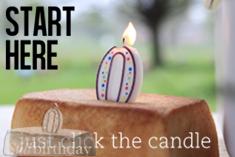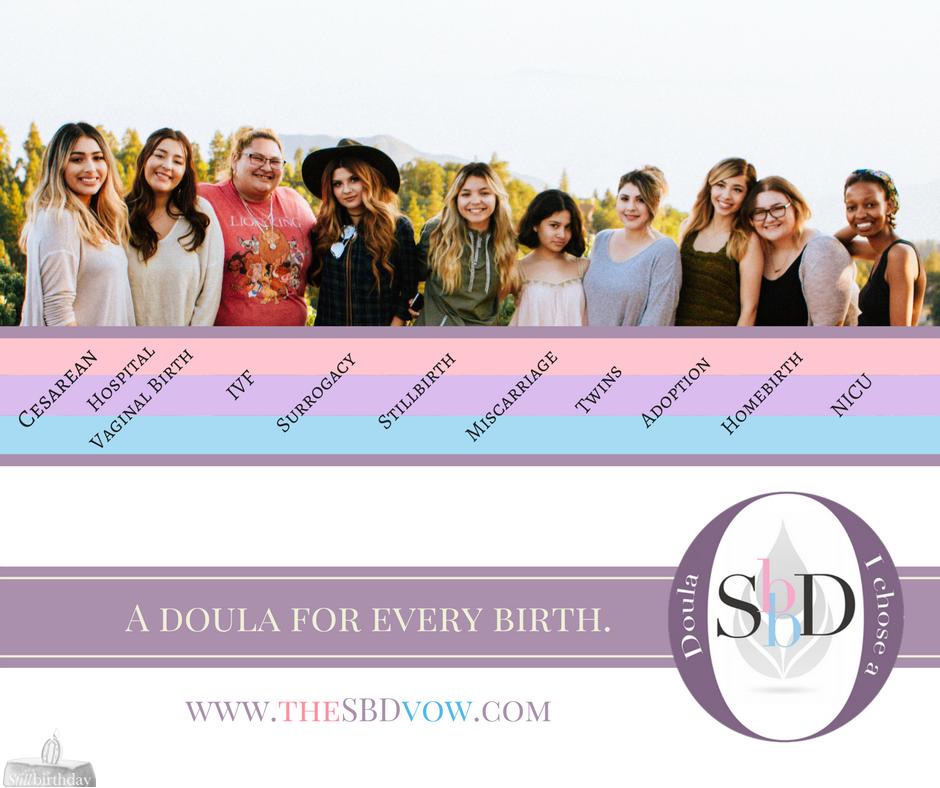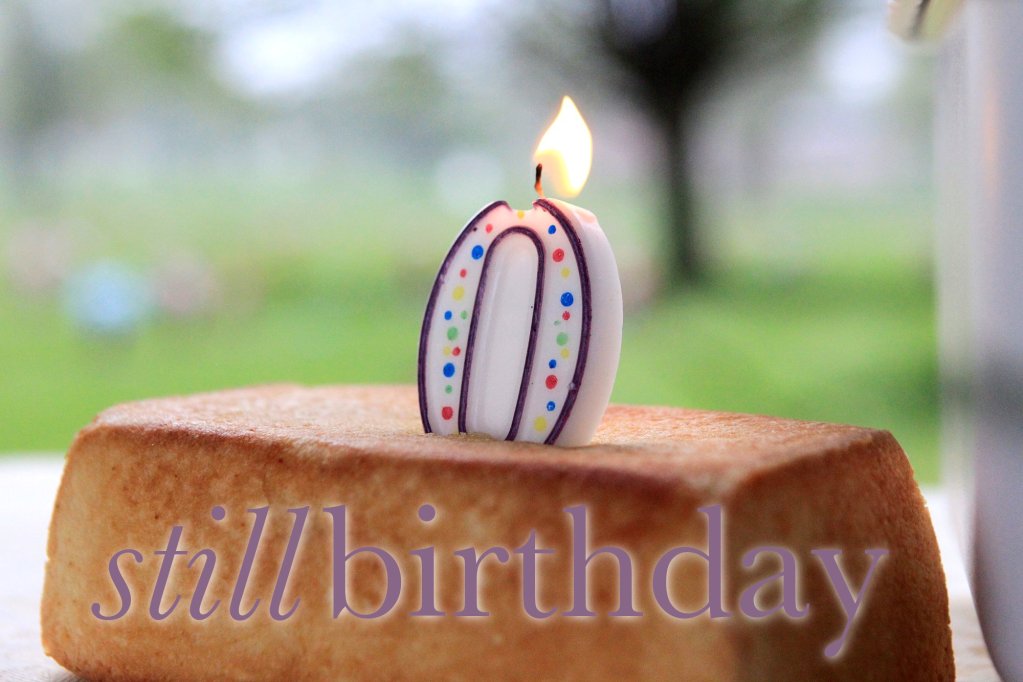Health care providers must be ever mindful of that well-known Biblical saying, “to everything there is a season, a time to be born and a time to die.” Grief and bereavement are normal emotions that are very personal and are accompanied by pain and hopelessness in patients across cultures. Because the ways in which people express their feelings of grief, sadness and loss are highly individual, care of the grieving patient in any health care setting must be considered and implemented in a way that is sensitive to the unique needs of each patient.
The dictionary definition of grief is “pain of the mind produced by loss or misfortune.” Whether experienced as a result of the death of a loved one, a divorce, the end of a relationship or some other traumatic life change, grief is an occurrence that transcends such categories as age and gender. It is a multifaceted, individualized and personalized trial.1
Bereavement is defined as the experience of being deprived of something meaningful and valued, such as the loss of a loved one by death. This emotion is often shared between family members and can be a group experience.
As the racial, ethnic and cultural diversity of the U.S. population continues to increase, there is an ever-growing need for the health care profession to become culturally competent in all aspects of care delivery–and this includes the care we provide to grieving patients and their families. A recently published article on cultural diversity and grief states that the need for culturally sensitive grief/bereavement educators and counselors is on the rise and that health care providers must continue to expand their knowledge of the many ways that people grieve.2
Cultural Expressions of Grief
In recent years, a growing body of knowledge about the relationship between culture, grief and bereavement has emerged from the literature. A 1996 study of individuals from specific cultures revealed that people’s intrapersonal experiences of grief are similar across cultural boundaries.3 However, other research has made it clear that cultural traditions, beliefs and values do make a difference in how people outwardly express their grief and how they try to cope with it. To provide culturally sensitive care, health care professionals must possess an understanding of cultural practices and how they impact the overall grief experience of the patient.
Bereavement takes place within the context of families and communities and is played out through social interaction. Specific bereavement practices vary depending on the cultural background of the patient. For example, failure to follow through with certain traditional practices or rituals after the death of a patient can have a devastating impact on the family of the deceased and can result in an experience of unresolved loss and lack of closure. If nurses are unaware of or insensitive to these cultural needs, the family may view the care provided in a negative way.
The American Nurses Association’s position statement on cultural diversity in nursing practice notes that “cultural diversity refers to the differences between people based on a shared ideology and valued set of beliefs, norms, customs and meanings evidenced in a way of life.”4 Studies have shown that when practitioners and patients come from two distinct cultures with different, perhaps even conflicting beliefs, there is strong potential for “misrepresentation and poor communication by all participants.”
The literature also indicates that “culture counts” in the care of individuals experiencing mental health problems.5 Recent research has shown that bereavement may trigger a unique and previously unrecognized psychological disorder that can disrupt people’s lives for at least two years after a significant loss. This disorder, known as complicated grief, is characterized by a persistent longing for a deceased person, and it can often occur without signs of depression. The symptoms of complicated grief, while appearing to be normal reactions to the loss of a loved one, are significantly associated with later impairments in global psychological functioning, such as problems with mood, sleep and self-esteem.
Black and Hispanic Perspectives on Grief
When discussing the cultural beliefs and practices of a specific ethnic minority population, it is always important to avoid blanket generalizations. Assuming that all individual members of a certain culture think, believe and behave exactly alike can result in stereotyping and an insensitive, “cookie cutter” approach to patient care. Nevertheless, a review of the literature does reveal some examples of culturally specific perspectives on grief and bereavement that nurses need to be aware of.
Studies have shown that in the African American community, religion and family play an integral role in the grief recovery process.6 Many African Americans strongly believe that life exists after death. When caring for a grieving African American patient, the nurse should be equipped with knowledge of that culture. For example, nurses need to understand that it is common for these patients to rely on their inner resources, such as spirituality and belief in God, as well as lessons learned from past experiences, and use them as coping mechanisms to help them deal with grief and bereavement or any other life-changing crisis. As the case study on PAGE TK illustrates, some African American patients who are experiencing grief may initially appear stoic and unaffected by their loss but will eventually begin to express their feelings if they have the opportunity to interact with someone who shares or is sensitive to their culture. When there is a cultural bond between practitioner and patient, trust comes with that bond. In addition, some African Americans, particularly among the older generation, may distrust the majority culture and its health care system. For all these reasons, grieving African American patients may find it easier to communicate with African American health care providers during this difficult time in their life.
Hispanics in the United States represent a wide variety of cultures. They may originate from many different culturally diverse countries, such as Mexico, Cuba, the Dominican Republic, Nicaragua, Colombia, El Salvador, Guatemala, Chile, Brazil, Argentina and Peru, as well as the U.S. Commonwealth of Puerto Rico. Their cultural differences are distinguishable and the people are proud of their unique heritages. Because there is essentially no single “Hispanic culture,” cultural practices related to grief and bereavement can vary.
When working with bereaved Hispanic patients and their families, nurses must understand the concept of respeto (rules guiding social relationships–literally, “respect”). In many Hispanic cultures, the entire family is involved in making important life decisions, and there is a strict family hierarchy that must be honored. Traditionally, status is usually ordered from the older to the younger family members, and from males to females.7
Studies have also shown that many Hispanics expect their health care providers to be warm and caring and to interact with them in such a manner. They are more likely to put their trust in their individual practitioner rather than the hospital or other health care facility. In many cases, the family of a deceased Hispanic patient may depend on the primary care provider to be present, provide information, offer condolences and find out what will be helpful to them.
In some Hispanic cultures, crying is viewed as a healthy emotional response to a loss. Crying openly is seen as helpful. Family and friends will often encourage patients to outwardly express their grief.7 The nurse’s plan of care should include giving the patient extra attention and spending some one-on-one time with him or her.
Many Hispanics embrace religion and spirituality, as well as a belief in the spiritual and psychological continuity between the living and the dead. As part of that spirituality, the family may continue a relationship with the deceased person after death through prayer and visits to the gravesite.7
Strategies in the Clinical Care of Cultural Grief
As part of the process of delivering culturally sensitive health care, nurses must become adept at assessing cultural expressions of grief and using this knowledge to develop culturally appropriate care plans for bereaved patients of color. In doing so, however, we must keep in mind that attempting to eliminate a patient’s emotional pain can actually impede the grieving process. Pain is a normal and inevitable part of grief.
Early assessment and intervention is key. Grief and bereavement education and counseling are an important part of assisting patients in achieving grief resolution. The nurse should assure the patient that his or her reactions to this experience are not unusual. They should also educate patients about normal grief versus complicated grief.
In some hospitals, the nursing staff have created “memorial books” in which they record their memories of deceased patients and comment on past relationships with them. This allows grieving patients to see nurses as caring human beings and to realize that they are not alone–their care provider has “been there” too. In the case study example, Dana could have used her memorial book to share some of her own experiences of grief and loss with Mrs. Gray, and this grieving patient could have witnessed caring and compassion in action.
Attentive listening, compassionate eye contact and stillness can also help convey acceptance of someone’s grief. Through active listening, a nurse can encourage the bereaved patient to identify and express his or her emotions. Avoid telling the patient that you know how they feel and what they are going through. Instead, use open-ended statements such as, “I see that you are in distress right now; can you tell me what you are feeling?” Focusing the discussion on the patient, rather than the nurse, will help the patient feel less pressured or threatened.
Emerging research suggests that the dead may be important role models for the grieving and may still play the role of significant others to the bereaved. People continue to relate to their dead as active and living memories at times of personal crisis and success.8 Other recent studies suggest that the general experience of grief can enhance personal empathy and social compassion. For nurses, these previously unexplored perspectives present new and intriguing challenges for future research and practice.
Case Study: Providing Culturally and Linguistically Competent Care to the Hospitalized Grieving Patient
The following fictionalized case study example illustrates why it is so important for nurses to be knowledgeable about cultural practices relating to grief and bereavement, and to be familiar with grief symptomatology, in order to provide culturally sensitive care.
Dana is a 23-year-old Caucasian RN who has three years of nursing experience. She works, along with three other nurses, on a 40-bed medical/surgical unit in a hospital located in a large metropolitan area. As she begins her shift this evening, the unit is almost filled to capacity. There are two empty beds and Dana receives the last two admissions.
The first patient, Mrs. Gray, is a 42-year-old African American woman who is being admitted for post-emergency exploratory laparotomy for severe gastrointestinal and localized right upper quadrant pain. The patient was reported to have recently experienced the loss of her husband of 20 years in a motor vehicle accident in which she was the driver.
After receiving report, Dana goes in to admit Mrs. Gray and finds her with a flat affect. The patient does not respond to any of her questions. Dana is pressed for time and is not making any progress in communicating with the patient. She does not understand why this patient is not being a little more cooperative. After all, how can she be taken care of if she will not answer questions or talk to her nurse? Dana has not considered the patient’s culture and how culture relates to grief, as well as the symptoms of grief and the patient’s traumatic recent loss.
The second patient, Mrs. Lopez, a 22-year-old Latina, arrived on the floor ten minutes after Mrs. Gray’s arrival. Mrs. Lopez is being admitted for an abdominal abscess after a primary cesarean delivery five days ago. Her condition was compounded by neonatal loss three hours after delivery. Wound cultures indicated methicillin-resistant staphylococcus aureus as the cause of the abscess. The patient’s psychosocial history reveals that she recently separated from her husband after finding him with another woman.
Mrs. Lopez speaks very little English and understands a minimal amount. Her mother and sister, who are also non-English-speaking, accompanied her to the floor. On this particular evening, the hospital’s Spanish-language interpreter had to leave early because of a family emergency and the next interpreter will not be on duty for another four hours.
When Dana enters the room to assess the patient, Mrs. Lopez is silently weeping with the covers pulled up to her neck and her face turned toward the wall. Again pushed for time, Dana greets the patient and proceeds to ask questions about her admission. The patient looks to her mother and sister. She continues to cry openly. Her family members try to console Mrs. Lopez and answer the nurse’s questions, but it is clear that they do not understand what Dana is saying. She tries using hand gestures but that does not seem to help either.
Dana quickly realizes that she is in over her head. She has now admitted two ethnic minority patients who have grief-related psychosocial problems as well as physiological problems, and so far she has failed to communicate with either of them. She is aware of the stages of grief and bereavement but not as they relate to different cultures. She thinks back to her time in nursing school and realizes that while cultural diversity was touched on briefly in some classes, it did not prepare her for situations like this. What’s more, the topic of grief and bereavement care of the hospitalized patient was discussed in class even less.
Her desire is to be a great nurse but she now realizes that she has a knowledge deficit. She has taken care of patients from different cultures before, but this is the first time she has encountered these types of cultural barriers to communication.
However, Dana is determined to learn from this experience and provide care to these two patients tonight. She also makes a mental note to talk with her unit manager tomorrow about implementing some cultural competency training courses for the nursing staff, along with classes on communicating with limited-English-speaking patients and understanding the special needs of patients who are experiencing grief and bereavement.
Dana asks her co-worker Betty, who is an older, more experienced African American nurse, if she will try to assess Mrs. Gray and see if she can obtain any response from her. Betty has two things in common with the patient that Dana does not: She has first-hand knowledge of the patient’s culture and she also experienced the traumatic loss of her own husband to a massive heart attack ten years ago.
Betty enters Mrs. Gray’s room and also notes a flat affect. Initially, Mrs. Gray does not respond to her, either. The African American nurse sits by the bedside and continues talking to Mrs. Gray–not about her admission but about her recent loss and what it means to lose a loved one. She talks about spirituality and where God is in the overall scheme of life. She also discusses loneliness and tells Mrs. Gray that when she lost her own husband, she knew deep down that she was never alone because God was always there. She explains to the patient that she knew Mrs. Gray believes in God because of information about her spirituality from her past admissions to the hospital.
Eventually, Mrs. Gray begins to respond to Betty. The patient cries and expresses anger about her husband leaving her as well as about her present hospital admission. She says she feels that she has no control and that all choices have been taken away from her. Betty allows her to vent her frustrations and fears, then begins to institute the bereavement protocol, which consists of supportive interventions designed to help grieving patients and families begin to cope with their feelings of pain and loss.
The African American nurse recognized that the patient, because of the sudden loss of her husband, was more likely experiencing denial and anger in the stages of grief and loss. This understanding enabled her to provide the cultural sensitivity that this patient urgently needed.
Next, even though she is now behind on her shift, Dana decides to spend some one-on-one time with Mrs. Lopez and her family. She summons up what she remembers from her two years of high school Spanish classes and she also uses the Medical Spanish dictionary that is kept at the nurses’ station. She is able to establish some very basic communication with the patient and family, but quickly realizes that she will need more than this in order to provide quality nursing care to Mrs. Lopez. Dana decides to take advantage of the hospital’s Language Line service, and she is able to communicate with the Lopez family through telephone interpretation until the hospital’s night-shift interpreter arrives.
References
1. Egan, K.A. and Arnold, R.L. (2003). “Grief and Bereavement Care.” American Journal of Nursing, Vol.103, No. 9, pp. 42-52.
2. Sunoo, B.P. (2002). “Cultural Diversity and Grief.” The Forum newsletter, Association for Death Education and Counseling, March/April issue, pp. 1-4.
3. Cowles, K.V. (1996). “Cultural Perspectives of Grief: An Expanded Concept Analysis.” Journal of Advanced Nursing, Vol. 23, No. 2, pp. 287-294.
4. American Nurses Association (1991). “Position Statement: Cultural Diversity in Nursing Practice.”
5. Broome, B.A. (2004). “Culture Counts.” Journal of Cultural Diversity, Fall issue, pp. 1-2.
6. Van, P. and Meleis, A. (2003). “Coping With Grief After Involuntary Pregnancy Loss: Perspectives of African American Women.” Journal of Obstetric, Gynecological & Neonatal Nursing, Vol. 32, No. 1, pp. 28–39.
7. Thompson, Y. (1998). “Customs and Values that may Affect Latino Grief” (adapted from a presentation given at the National Fetal and Infant Mortality Review Program, Third National Conference). Bulletin, American College of Obstetricians and Gynecologists.
8. Kellehear, A. (2002). “Grief and Loss: Past, Present and Future.” Medical Journal of Australia, Vol. 177, No. 4, pp. 176-177.
Marilyn Hardy Bougere, MSN, RN, CNS, is a nursing instructor at Jacksonville State University in Jacksonville, Alabama.
This article in its entirety was derived from minoritynurse.











